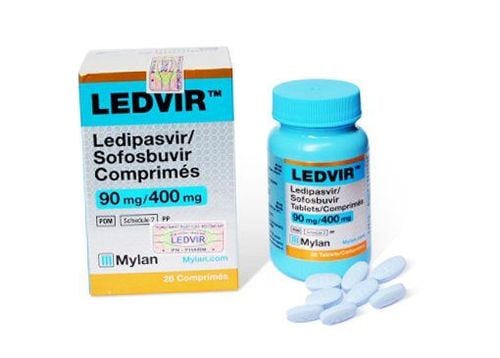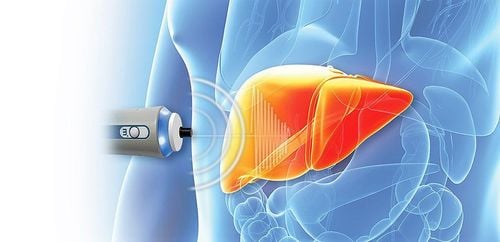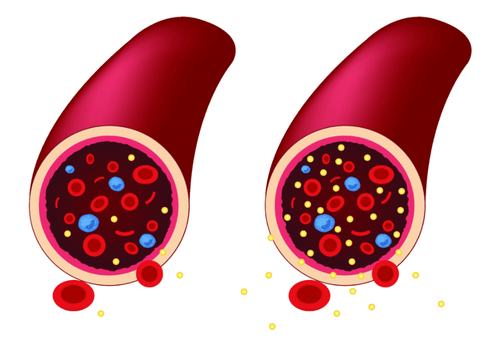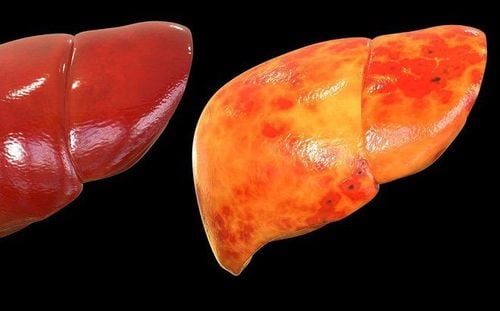This is an automatically translated article.
This article is expertly consulted by Gastroenterologist - Department of Medical Examination & Internal Medicine - Vinmec Hai Phong International General Hospital.Since cirrhosis is a consequence of chronic liver damage, accurate assessment of cirrhosis is important in clinical practice.
1. How to detect cirrhosis of the liver?
Although not specific, we can rely on the symptoms appearing on the patient's body to detect whether cirrhosis is present or not. Possible symptoms of cirrhosis of the liver are as follows:Whole body fatigue: just want to rest a lot, don't want to do anything. Nausea and vomiting: the patient always feels nauseous, feels nauseous and in many cases vomits. Anorexia, indigestion: the patient feels tired, anorexia, has no appetite or eats but has difficulty digesting, the patient feels full. Diarrhea or constipation: the patient has loose stools, diarrhea or constipation. Drowsiness: fatigue accompanied by drowsiness are recognizable symptoms of cirrhosis of the liver. Inattentive: the patient is unable to concentrate on a particular content or issue. The mind is always influenced by the factors surrounding the patient. Pain in the liver: the patient feels dull pain in the liver. The pain can occur in episodes, there are also cases where the patient has severe pain. Appearance of red spots on the skin: when the body appears red spots with spider webs on the skin, it indicates that the disease is in a severe stage and needs to be treated immediately.
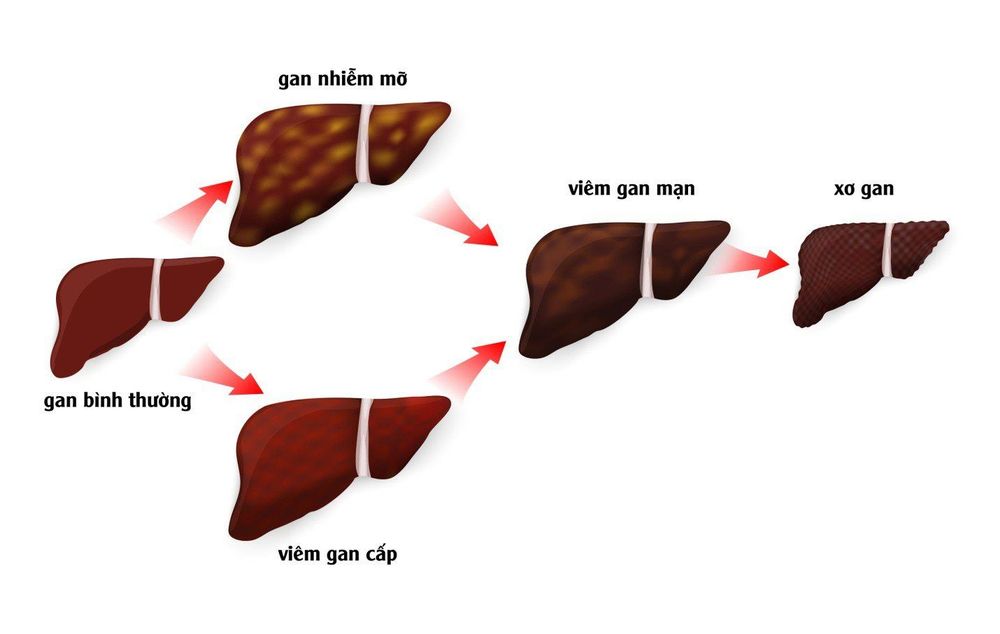
Làm thế nào để xác định gan bị xơ hóa?
2. Gold standard to assess liver fibrosis
Until now, liver biopsy is still considered the gold standard to evaluate liver fibrosis. However, liver biopsy is a deeply invasive method, has complications, and presents some limitations: results are affected by sample size, biopsy site and pathologist's analysis. .To overcome the disadvantages as well as contraindications of liver biopsy, many non-invasive methods have been developed to help assess liver fibrosis more and more widely, even in places where equipment and machinery conditions are limited. There are 2 groups of non-invasive techniques to assess liver fibrosis: group of blood tests and group of imaging methods.
3. Ultrasound diagnostic method of liver tissue elasticity
Currently, the ultrasound-elastic method of liver tissue is the best method to assess the damage in the liver parenchyma and evaluate the degree of liver fibrosis non-invasively, helping to diagnose non-alcoholic fatty liver diseases, inflammation of the liver. hepatitis C, alcoholic fatty liver, chronic renal failure...Accordingly, the patient lies on his back, his right hand is placed behind his head, the operator places the transducer on the intercostal skin at the usual location for liver biopsy and presses. with a light pressure and test consisting of 10 consecutive measurements at the same location. The machine will automatically calculate the average value. The results are analyzed by the machine and give specific numbers. The advantage of the technique is that it is non-invasive, easy to perform in patients with obesity and ascites, and can be applied to many different organs.

Please dial HOTLINE for more information or register for an appointment HERE. Download MyVinmec app to make appointments faster and to manage your bookings easily.




